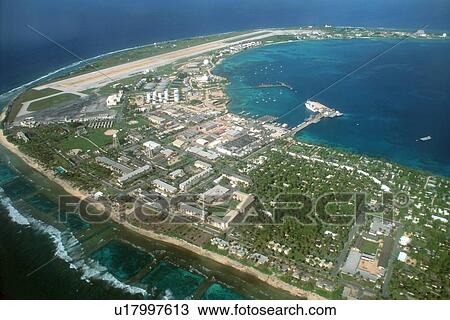

He said that planning documents for the project began as early as 2014 with fieldwork beginning May 2018 removing vegetation and taking down part of the hill in front of the dump area. "The final barge in September is expected to remove another 2 million pounds of metal," he added. Army Space and Missile Defense Command in Huntsville, Ala. for recycling, said Glen Shonkwiler, environmental engineer with the U.S. This initiative has seen approximately 2.5 million pounds of metal (military equipment and scrap) pulled from the former dump and sent to the U.S. Army Environmental Command out of Fort Sam Houston, Texas. The project is run by the Director of Public Works and is funded by the U.S. Navy Dump Removal initiative, also called the Shoreline Metals Removal initiative, began on Kwajalein in August 2018 and is slated for completion September 2019. Navy operated Kwajalein, the southwestern beach near the runway served as the dump, strewn with remnants of war, and other debris from burning waste and trash.īut a wave of change is here, and in a big way. When you think of the sun-kissed beaches of Kwajalein Atoll, you probably think of surf, sand, and hermit crabs scurrying about, or lounging in a hammock between two swaying palm trees after snorkeling the reef.īut remembering that Kwajalein was a battlefield during World War II, the beaches weren't always as picturesque as they are today.įrom the end of World War II to 1964 when the U.S. The excavation crews have removed approximately 2.5 million pounds of metal from the former dump with an additional 2 million pounds expected to be removed by Septem. Army) VIEW ORIGINAL 4 / 4 Show Caption + Hide Caption –Ī Sherman tank turret was one of the items recovered from the shoreline on April 17. The excavation crews have removed approximately 2.5 million pounds of metal from the former dump with an additional 2 million pounds expected to be. Army) VIEW ORIGINAL 3 / 4 Show Caption + Hide Caption –Ī Japanese 125mm Type 89 gun tube is just some of the items recovered from the shoreline on April 17. The operator is constructing a placed revetment, placing each stone to make sure there is good contact, pressing down the stone in each location to mak. The long arm excavator places rocks in the revetment to armor the shoreline to protect the runway. Army) VIEW ORIGINAL 2 / 4 Show Caption + Hide Caption – The dump truck takes it to a staging area where it is sorted to remove the metal and larger material, and then sample the material for contaminants to det. El Nino and La Nina significantly impact the weather outcomes.Ĭlimate change is a huge issue with the Marshallese, as there is a trend of higher than average King Tides in recent years which have inundated homes, businesses, farmland and cemeteries on many of the atolls.A short-arm excavator pulls debris material off of the shoreline, loading it into a dump truck. Stronger storms usually get winds not stronger than 50 mph. Tropical storms and typhoons are few and far between (5+ years apart) and typically just barely skirt the RMI due to its far-east location in the Western Pacific storm formation zone. mi.) which is just barely north of the Equator (~600 miles). Humidity amplifies the “feels like” temps, so the effect is what one would expect on a tiny island (~1.2 sq. Temperatures average around 87 degree highs and 78 degree lows. Surprisingly, the water is extremely smooth in the natural lagoon, even with a 12 mph wind, and affords the best water sports at mid-tide. It is persistently breezy, which is a good thing for many reasons, with higher winds being December through April (~17 mph) and calmer periods being May through November (~12 mph). During the latter, it is not unusual for the forecast to read “long periods of continuous heavy rain”. The island gets about 100 inches of rain per year, with May through December being the wettest months. The trade winds dictate the weather trends.

Kwajalein, like the rest of the Marshall Islands, has a typical tropical marine climate.


 0 kommentar(er)
0 kommentar(er)
